
Philadelphia Athletics (1901-1954)
First Game Played April 26, 1901
Last Game Played September 26, 1954

Historical Moments
When the American League was formed, a decision was made to place a team in Philadelphia to rival the National League's Phillies. The Shibe family who produced sporting goods, some local sportswriters, and Connie Mack, who had played and managed in the major leagues, were chosen to found the Philadelphia franchise.
[Mack would serve as the "baseball man" and would receive a minority share of the club]. In building the original Athletics, Mack tried to raid the Phillies roster.
Still, the Pennsylvania Supreme Court ruled in favor of the Phillies, saying the players were not allowed to play for another team. In a shrewd move, Mack traded the players in question to the Cleveland Blues and was able to receive talent while the Phillies were unable to recoup their players since Cleveland was out of the court's jurisdiction.
The Athletics would finish their inaugural season in fourth place with a 74-62 record.
Philadelphia Athletics (1901-1954) Best
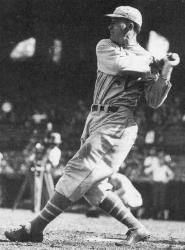
Al Simmons
1924-32, 1940-41, 1944
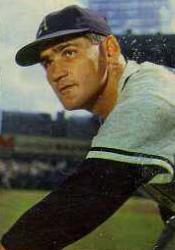
Alex Kellner
1948-1954

Amos Strunk
1908-17, 1919-20, 1924

Art Ditmar 1954
1954

Bing MIller
1922-1926, 1928-1934

Bob Johnson
1933-1942

Bobby Shantz
1949-1954

Chick Galloway
1919-1927
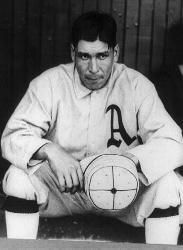
Chief Bender
1903-1914

Connie Mack
MGR 1901-1950
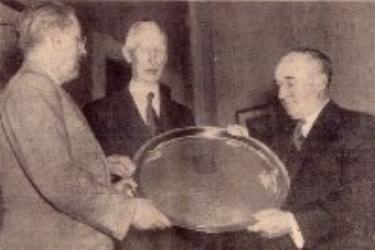
Connie Mack Day
May 17, 1941
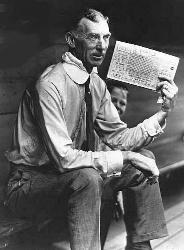
Corneilus McGillicuddy "Connie Mack"
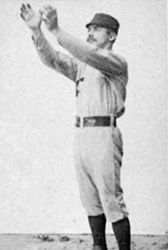
Cub Stricker
1882-1885
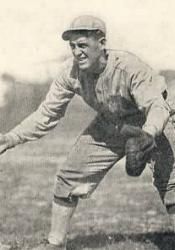
Cy Perkins
1915-1930
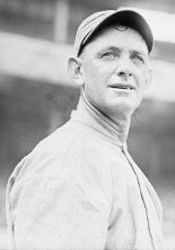
Danny Murphy
1902-1913

Dick Fowler
1941-1942, 1945-1952
Philadelphia Athletics (1901-1954) Stadiums

1901-1908

1909-1954
Championship Teams
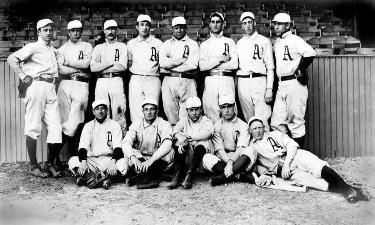
1902 American League Champions
Philadelphia Athletics

1910 World Champions
Philadelphia Athletics

1911 World Champions
Philadelphia Athletics

1913 World Champions
Philadelphia Athletics

1929 World Champions
Philadelphia Athletics

1930 World Champions
Philadelphia Athletics